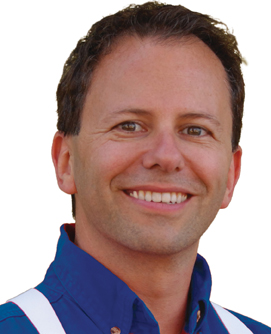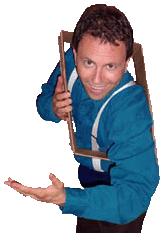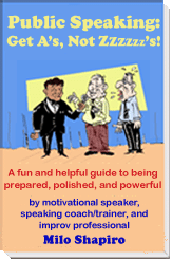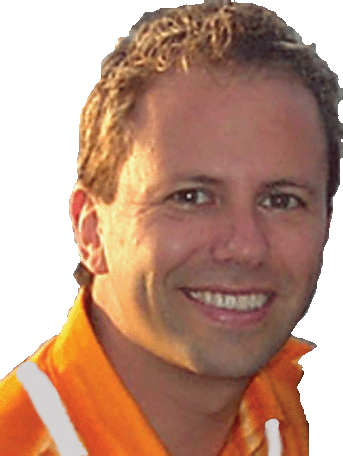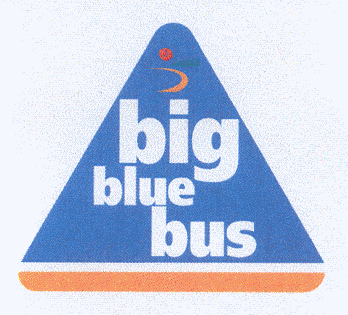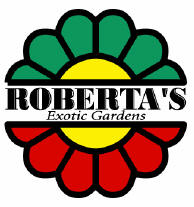| Public Dynamics: Public speaking skill coaching and presentation skills training in a fun and dynamic format. San Diego public speaking skills training with professional motivational speaker Milo Shapiro. Keynote speeches on public speaking and presentation skills by speaking coach Milo Shapiro via www.PublicDynamics.com. A fun and interactive way to improv your speaking skills with San Diego speech coach Milo Shapiro. Coaching in presentation skills and public speaking skills available. Centrally located to serve downtown, North County, East County, South Bay, La Jolla, Chula Vista, Del Mar, and more. Public speaking help with presentation skills training in a fun and dynamic format. San Diego executive speaking coach Milo Shapiro will make your program more powerful and captivating. The San Diego public speaking coach who will bring out your personal best while giving you solid fundamentals to draw from. Public speaking skills and presentation skills training in a fun and dynamic format. Los Angeles public speaking skills training with professional motivational speaker Milo Shapiro. A fun and interactive way to improv your speaking skills. Coaching in presentation skills and public speaking skills available. Keynote speeches on presentation skills and public speaking by speaking coach Milo Shapiro via www.PublicDynamics.com. Public speaking skills and presentation skills training in a fun and dynamic format. California public speaking skills training with professional motivational speaker Milo Shapiro. A fun and interactive way to improv your speaking skills. Coaching in presentation skills and public speaking skills available. Work on your fear of speaking in public with San Diego speaking coach Milo Shapiro. Get a San Diego speech coach to make you more dynamic, relaxed, and effective. San Diego speaking coach Milo Shapiro eases the fear of speaking with fun exercises and valuable feedback. Work on your stage fright with a speech coach like Milo Shapiro so you'll be confident. Public Dynamics: San Diego speech coach Milo Shapiro eases the fear of speaking with fun exercises and valuable feedback. Public speech and presentation skills training in a fun and dynamic format. San Diego public speech skill training with professional motivational speaker Milo Shapiro. A fun and interactive way to improv your speech skills. Coaching in presentation skills and public speech skills available. Public speech skills and presentation skills training in a fun and dynamic format. San Diego executive speech coach Milo Shapiro will make your program more powerful and captivating. Los Angeles public speech skills training with professional motivational speaker Milo Shapiro. A fun and interactive way to improv your speech skills. Coaching in presentation skills and public speech skills available. Public speech skills and presentation skills training in a fun and dynamic format. California public speech skills training with professional motivational speaker Milo Shapiro. A fun and interactive way to improv your speech skills. Coaching in presentation skills and public speech skills available. Work on your fear of speaking in public with San Diego speech coach Milo Shapiro. Get a San Diego speech coach to make you more dynamic, relaxed, and effective. Work on your stage fright with a speech coach like Milo Shapiro so you'll be confident. Milo Shapiro is also a motivational public speaker with presentations on risk-taking and on public speaking skills. |
|
|||||||||||||||||||||||||||||||||||||||||||||||||||
|
Copyright documented on website home page
|

